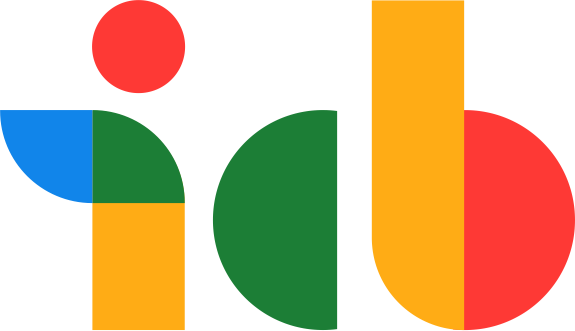This guide will show you how our two integrated platforms—the Disability Atlas and the EnableDex—work together to provide everything you need.
From Awareness to Action
We know that genuine inclusion is more than just good intentions. It’s about having the right information and the right tools at the right time. Many organisations want to provide support but get stuck on the “how.”
That’s why we created the Knowledge Hub. It bridges the critical gap between understanding a disability and knowing how to act on that understanding in a practical, respectful, and effective way.
Our simple philosophy is: First, build insight. Then, take informed action.
A Two-Part System for Real-World Impact
Think of the Knowledge Hub as a two-step journey. The Disability Atlas is your library for learning, and the EnableDex is your toolkit for doing.
Step 1: Start with Understanding: The disAbility Atlas
The Atlas is your foundation. It’s a library of clear, plain-language profiles on hundreds of disabilities and health conditions, designed to give you the essential insights you need in minutes.
Use the Disability Atlas when you need to:
- Learn about a specific condition an employee or colleague has shared with you.
- Understand the common functional impacts on work or learning.
- Find clear communication tips and initial adjustment ideas.
- Access links to trusted Australian support organisations.
Think of it as the “What and Why”: What are the key considerations for this condition, and why are supports important?
Step 2: Move to Action: The EnableDex
Once you have the context from the Atlas, the EnableDex provides the specific solutions. It’s the only disability support database built specifically for the Australian workplace, turning your knowledge into real-world capability.
Use the EnableDex when you need to:
- Find specific, evidence-based accommodations and assistive technologies.
- Search for practical strategies to support challenges like fatigue, focus, or communication.
- Access ready-to-use checklists and templates for managers.
- Find links to NDIS, funding programs, and local compliance guides.
Think of it as the “How”: How can I implement practical, effective support in my workplace right now?
Your Journey to Inclusive Practice: A Simple Workflow
Here’s how you might use the Knowledge Hub to solve a real-world challenge:
- Identify the Need: An employee mentions they have difficulty concentrating in the open-plan office due to their recently diagnosed ADHD.
- Learn in the Atlas: You search the Disability Atlas for “ADHD.” You quickly learn about common impacts like sensory sensitivity and challenges with executive function.
- Act with EnableDex: In the Atlas profile, you see a link to related supports. Or, you go directly to the EnableDex and search for solutions tagged noise reduction and cognitive.
- Implement with Confidence: You find practical options like noise-cancelling headphones, a desk booking system for a quieter area, and software to help with task management. You now have a range of concrete, vetted solutions to discuss with your employee.
A Toolkit for Everyone
The Knowledge Hub is designed to support a range of roles within your organisation.
For Managers & Team Leaders:
- Prepare for supportive and effective conversations with your team members.
- Quickly identify and implement appropriate workplace adjustments.
- Foster a team environment where everyone can contribute their best work.
For HR Professionals & People Leaders:
- Develop consistent and fair policies for disability support and inclusion.
- Ensure compliance with Australian legislation and best practices.
- Support managers with templates, checklists, and vetted resources.
For Trainers & Educators:
- Design inclusive learning materials and delivery methods.
- Understand the learning considerations for people with different conditions.
- Create an accessible and supportive training environment for all participants.
Ready to Build Your Capability?
Now that you know how it works, you’re ready to explore. Start your journey to a more confident and inclusive practice today.

